By Eric T. Baker
One of the odd joys of the 21st century is being able to see ourselves as others see us via the games they make about us. So it is with G5 Software, a Russian game company that has created Whirlwind Over Vietnam, an action combat game set in the la Drang Valley in November1965. While the game models various soldiers and vehicles, as well as trees and other terrain, what really interests the gamemakers is the Huey helicopters. For the entire game, the player will be in an attack Huey. All the major American helicopters are in the game, including those modified for use by the Marines. This is the archetypical combat from that war that interests the Russian designers.
Various sliders let the player set the realism in WOV at whatever level he or she likes. At the highest level, gauges will register dynamically as the player trims the controls. The pitch and speed of the rotors will visibly change out the cockpit windows. Game play reflects the challenges of executing the various missions (fire support, fire coordination, seek and destroy of the enemy) from the three different stations inside the helicopter: pilot, co-pilot, and door gunner. On the other hand, players who want a more arcade experience can shift the sliders the other way for a game that will run smoother on their computer and be more focused on hitting home.
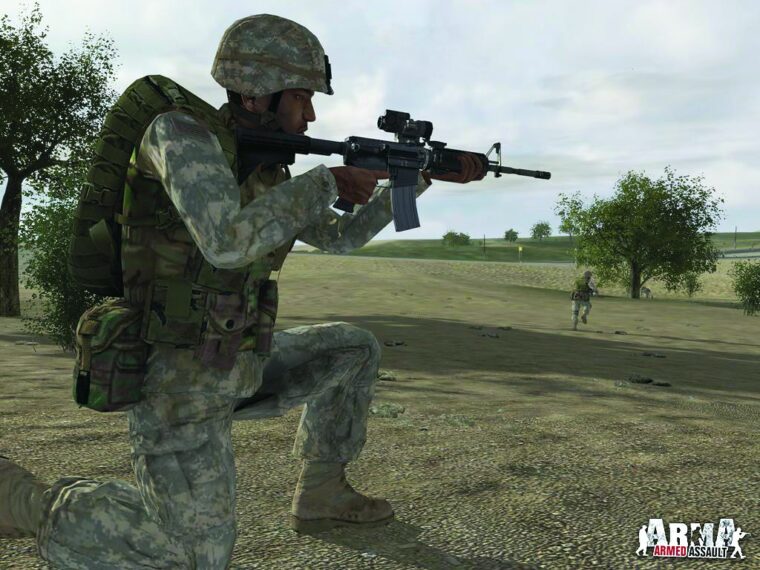
Despite having the most famous sea battle of the 20th century in its name, Great War at Sea: Jutland actually has more to do with its subtitle, War in the North Sea and Baltic, 1914-1918. There are two scenarios (one for the opening moves, one for the battle itself) included in the scenario book, but there are also 42 others. The game divides between the German Navy’s attempts to score a decisive victory against a fragment of the British Fleet in the North Sea (they didn’t have the numbers to battle the whole of it), and the reverse situation in the Baltic where it was the Russian Navy against the Germans’ overwhelming numbers.
Tactical in form, GWaS:J is not an attempt to portray the intricacies of supply and politics that framed the conflicts. Neither does it attempt to model each gun and sailor of the navies involved. Players roll dice based on each ship’s strength and, if they hit, apply damage off a chart. What this system lacks in historical precision it makes up for in ease and quickness of play. It includes all the ships that fought in the battles, including those of lesser combatants like Sweden and Denmark. Even Zepplins are allowed to have role in scenarios where they might have participated, but mostly the game is about the ships of the line and battles they fought.
Meanwhile, back in combat in the modern day, there comes ArmA: Combat Operations from Atari. This is a first-person action that is much more of a simulation that the usual first-person shooters. There are no magic healing bags lying around the battlefield, and there is no programmed path for the player to take. Instead the player finds his or her character on the fictional Atlantic island of Sahrani. As so often happens on made-up islands, there is a Southern, pro-American country, the Kingdom of Sahrani, and a Northern, pro-Communist country, the Democratic Republic of Sahrani. In no time at all, war has broken out and the player is in midst of it.
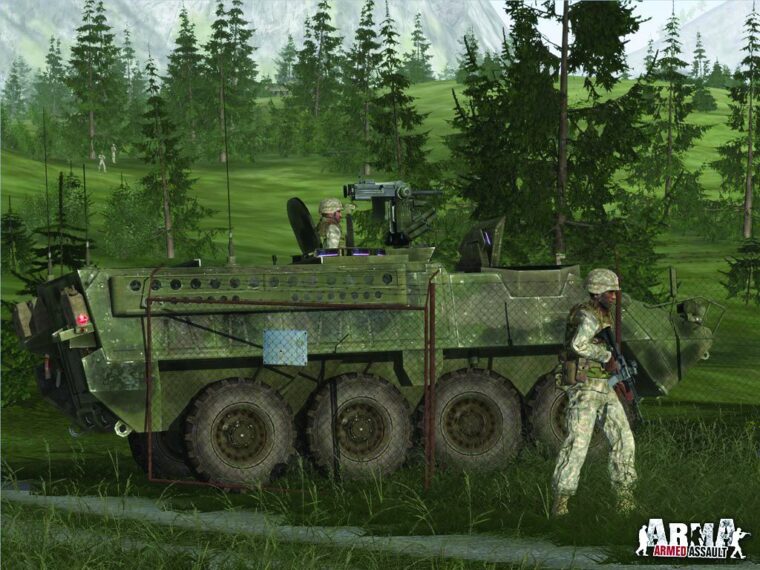
The initial combat puts the player in the middle of a convoy ambush. After surviving that, the player is presented with a map of the island and various scenarios. Only the main scenarios advance the plot, but there are also auxiliary scenarios that impact the main one. For instance, a midnight commando-style raid on an enemy camp can result in there being fewer armored elements on the enemy’s side in the main scenario. Players get a quick save that they can use as often as they like, but their character only gets one life, and it can be ended by a single bullet. Players will spend a lot of time keeping their character in cover, and firing down sights of their weapons, just as they would in real combat.
In addition to the single-player mode, ArmA also has a multiplayer mode that lets over a hundred players loose on the same battefield. There are 30 modern vehicles in the game, all of which can be driven and, where appropriate, have their guns manned. These vehicles include helicopters and boats as well as trucks and tanks. The larger vehicles can have multiple riders and gunners. There is, of course, a big variety of weapons and ordnance, including the grenades and night-fighting gear.
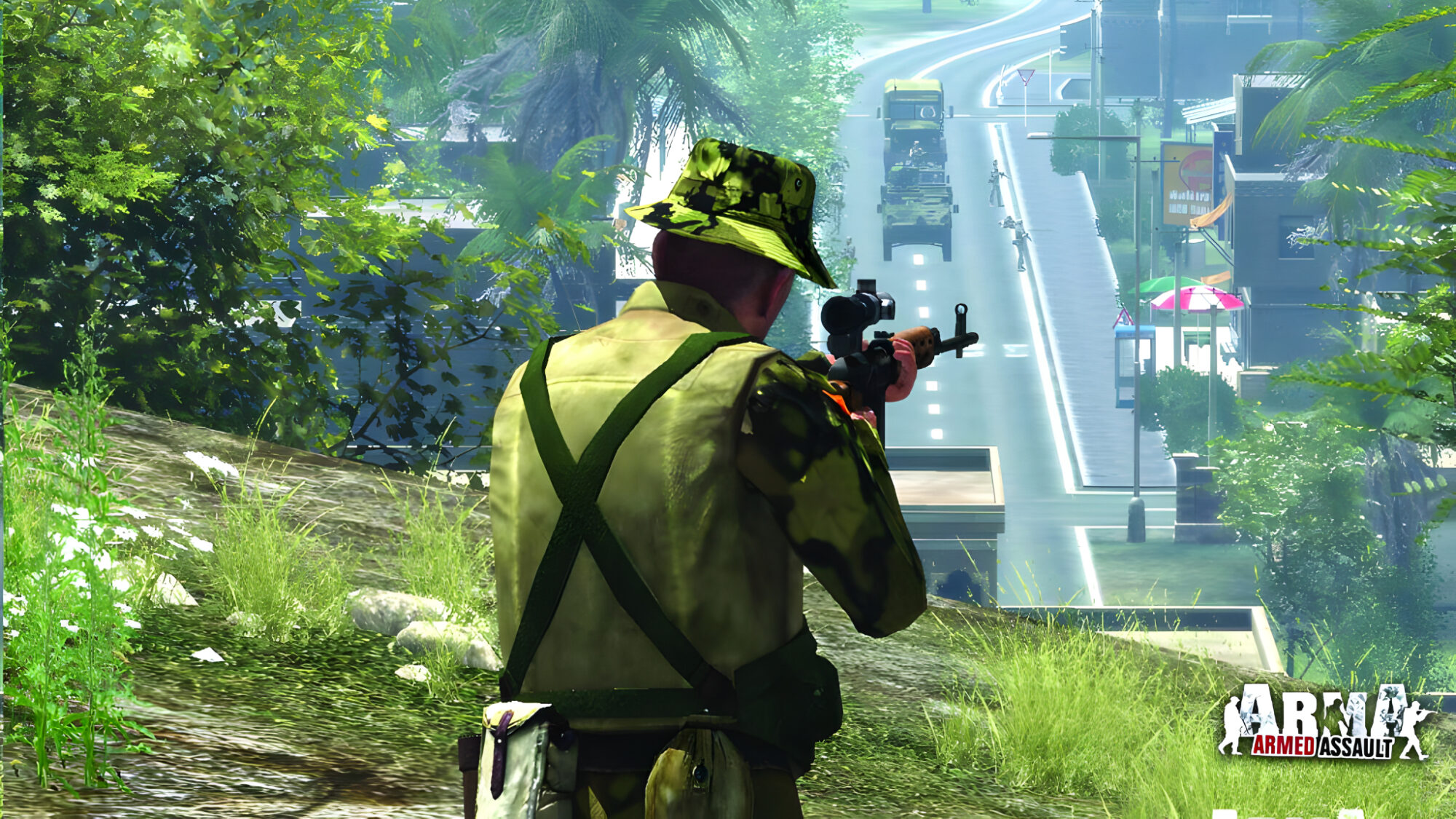
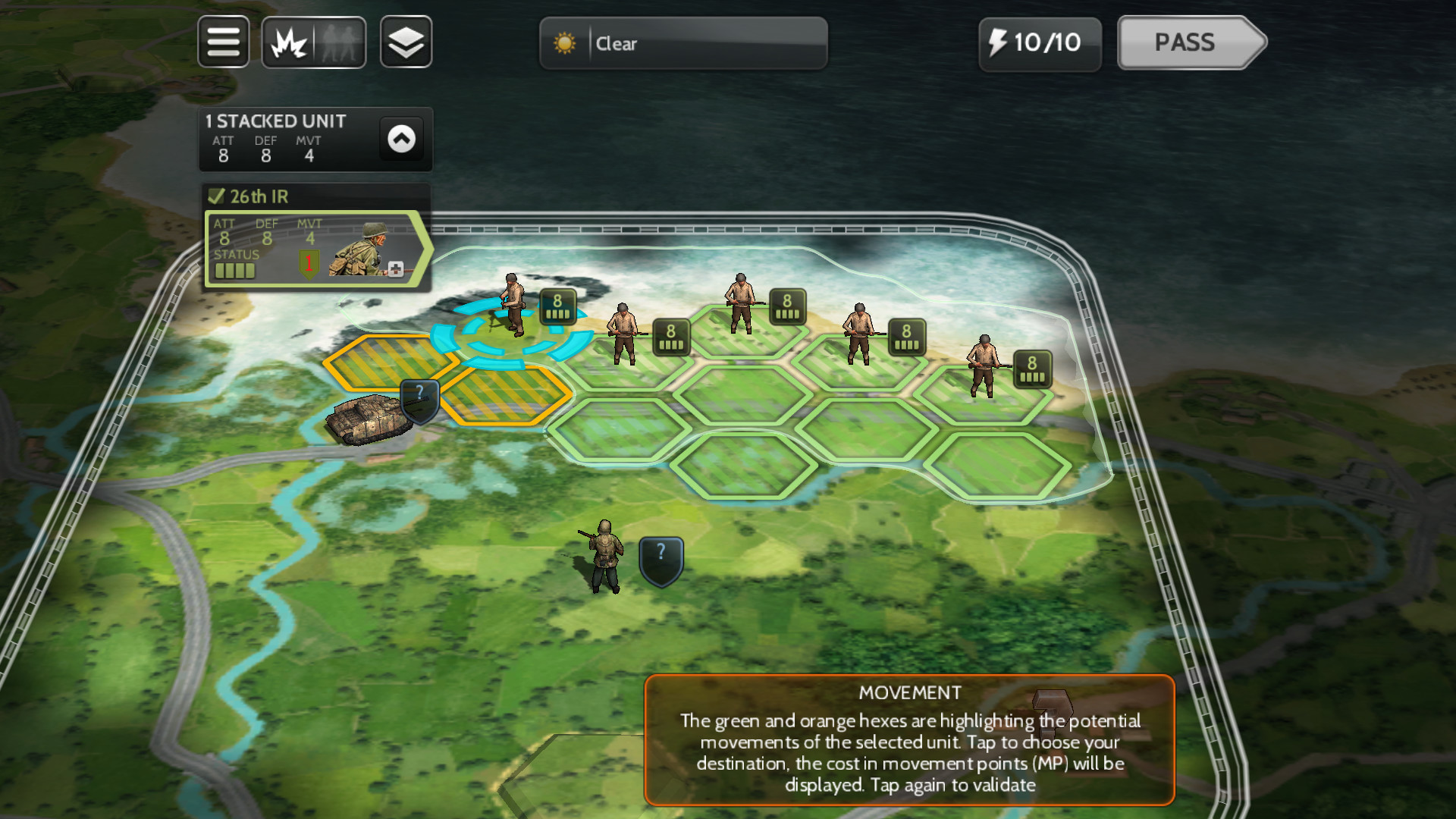
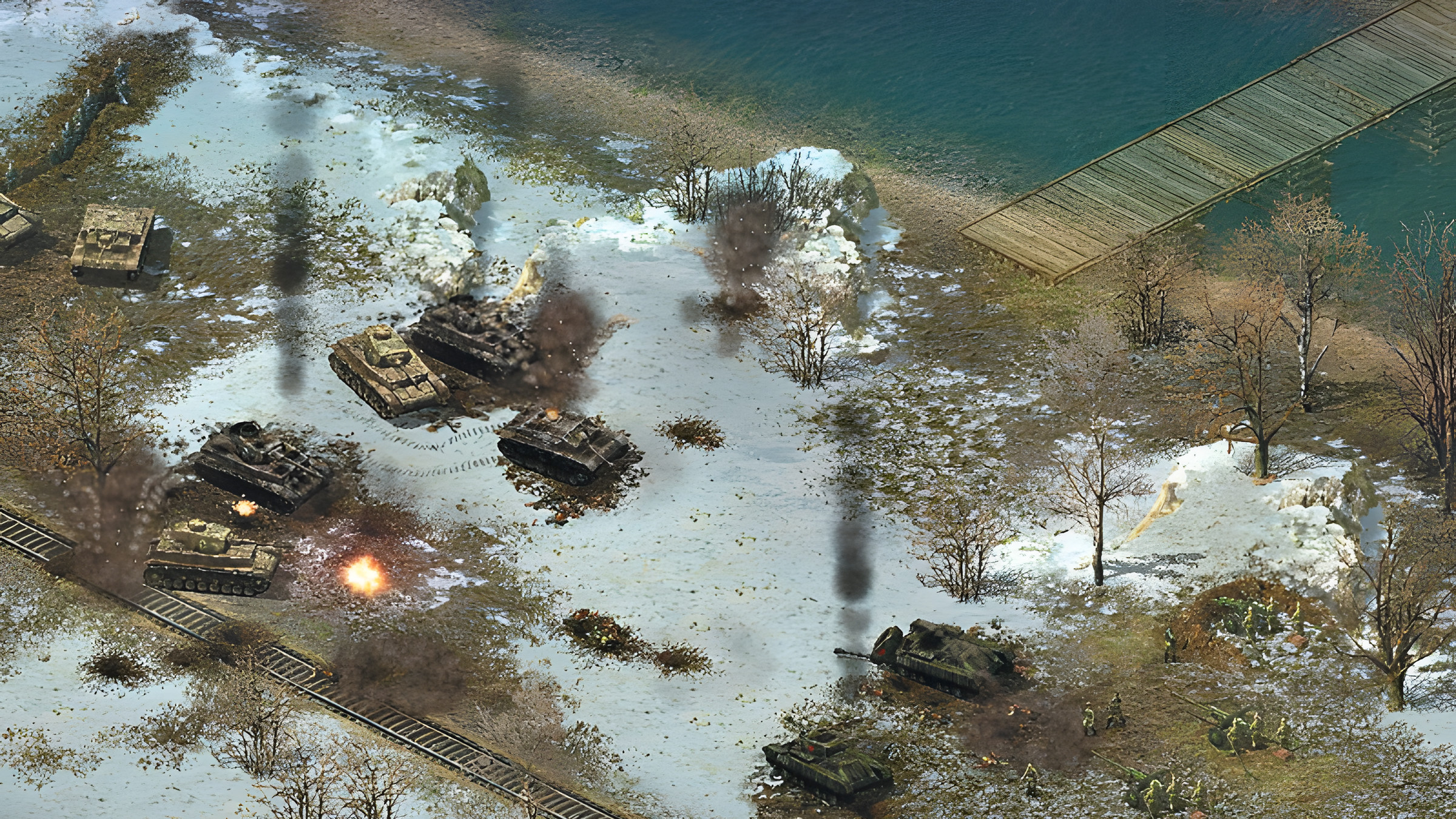
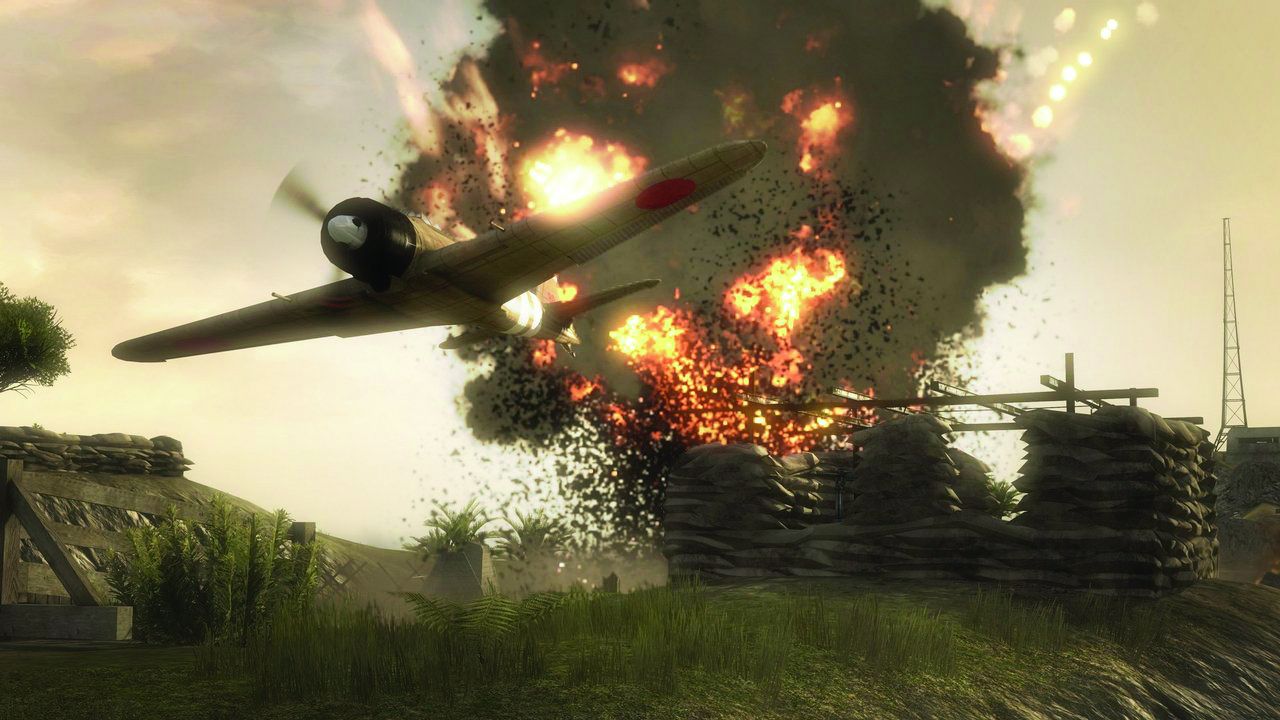
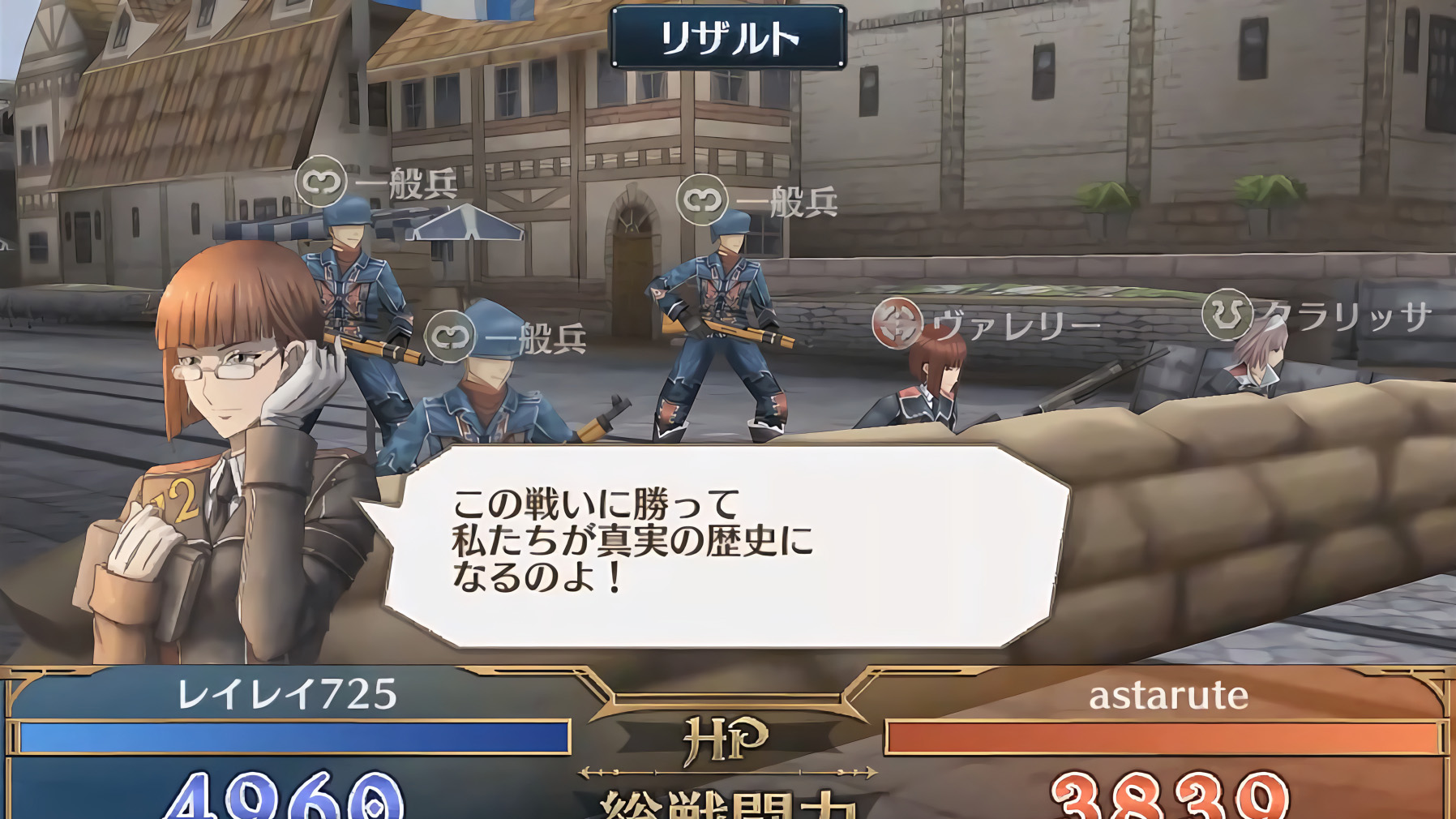
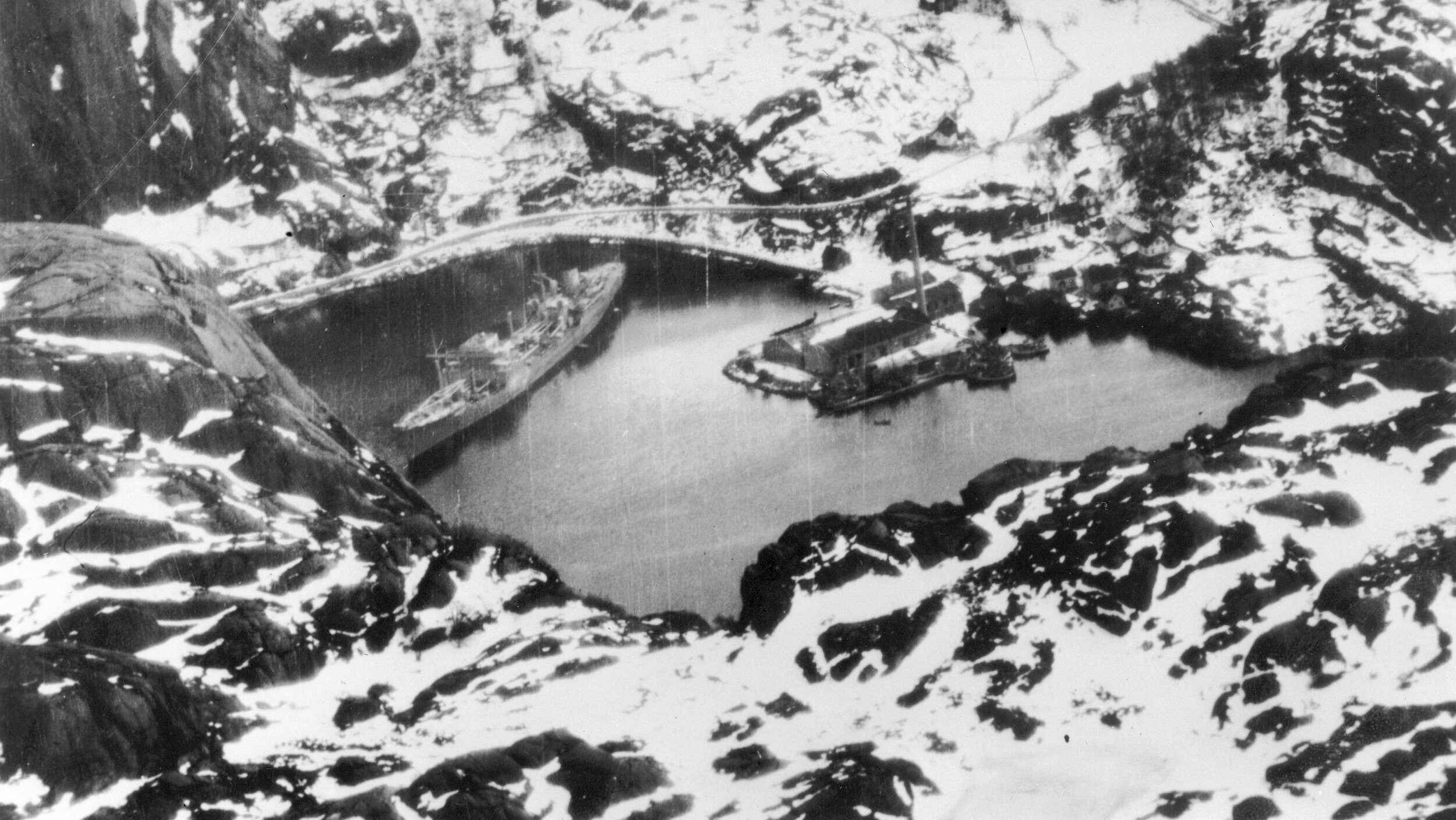
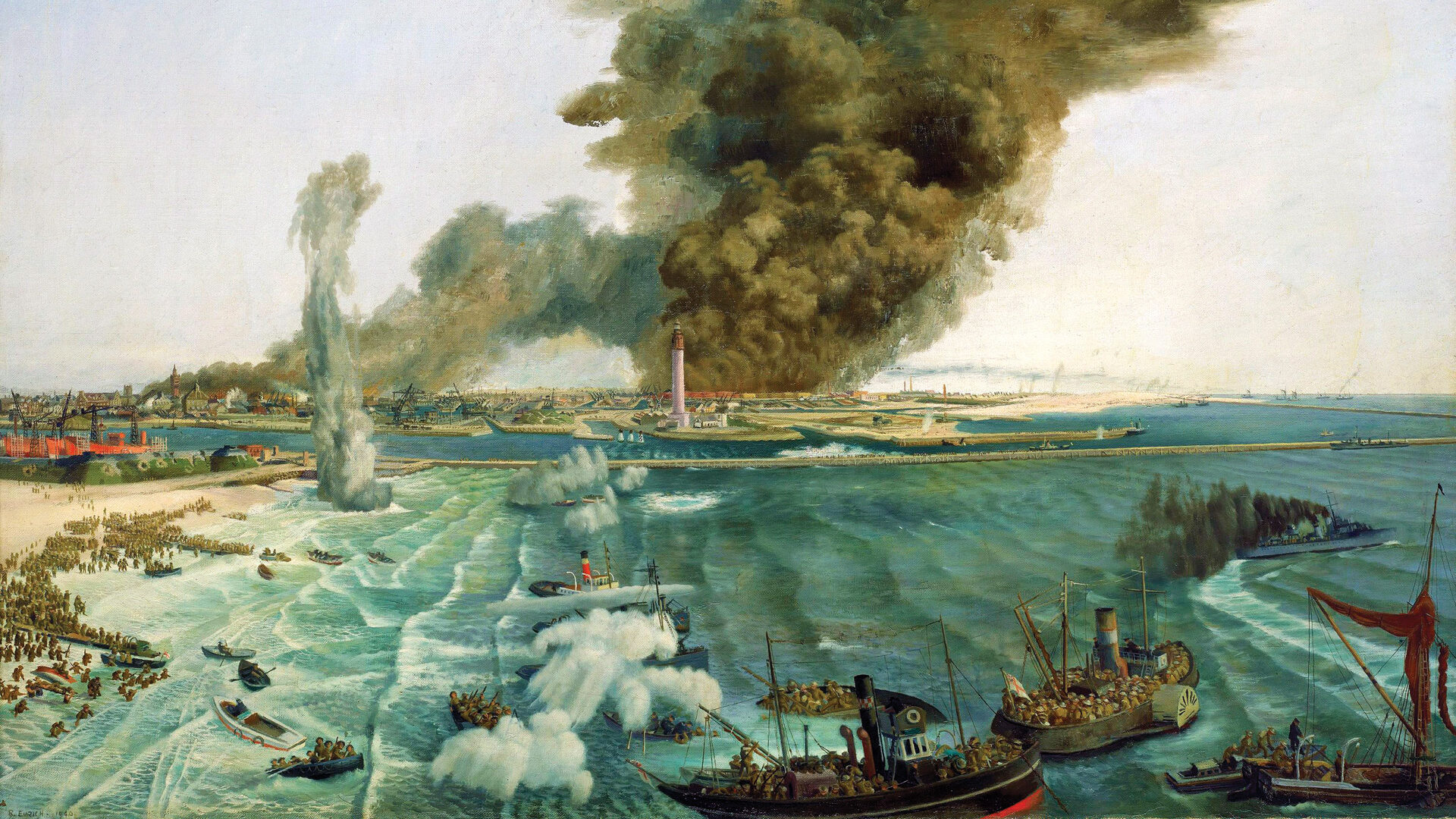
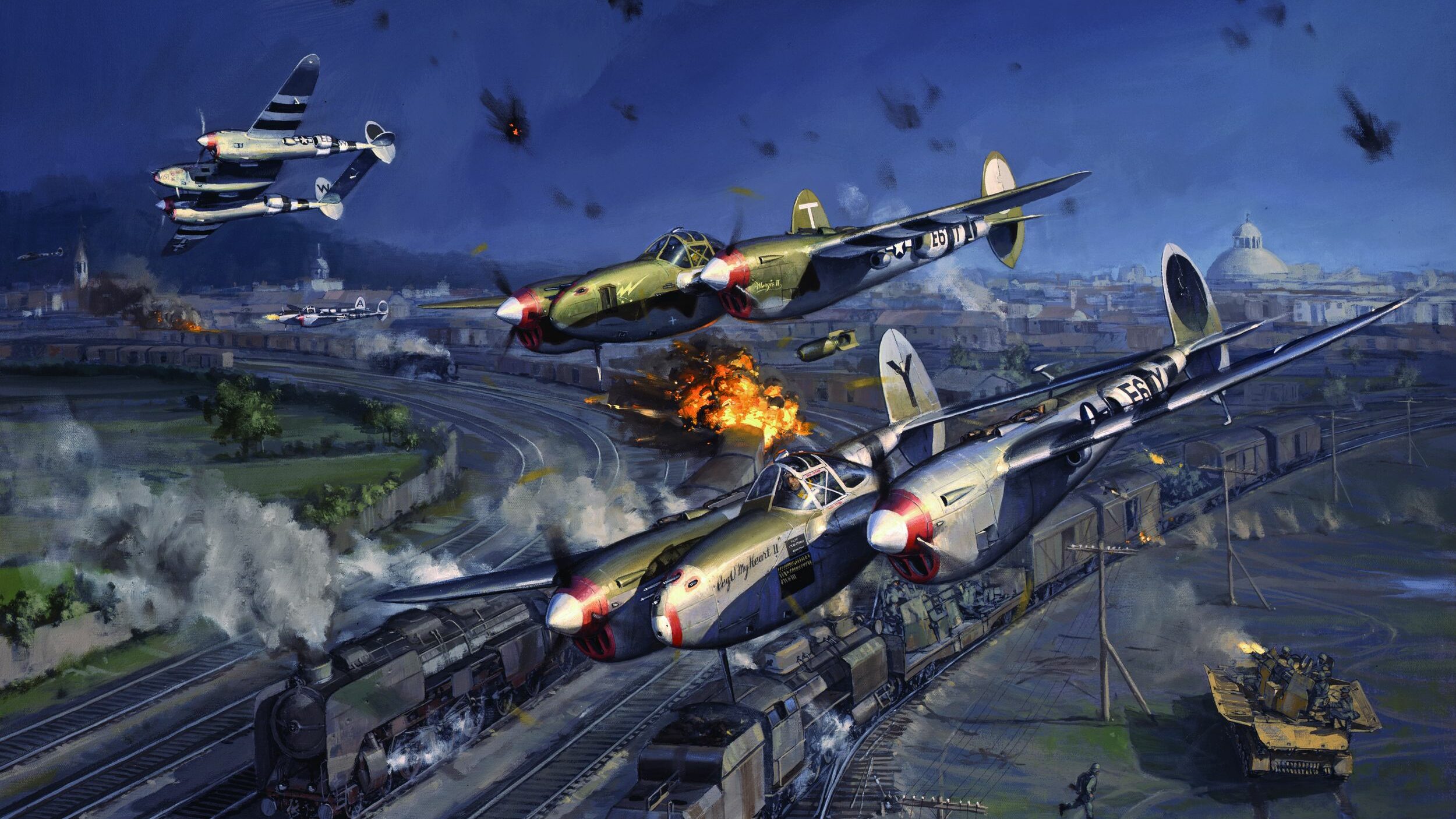
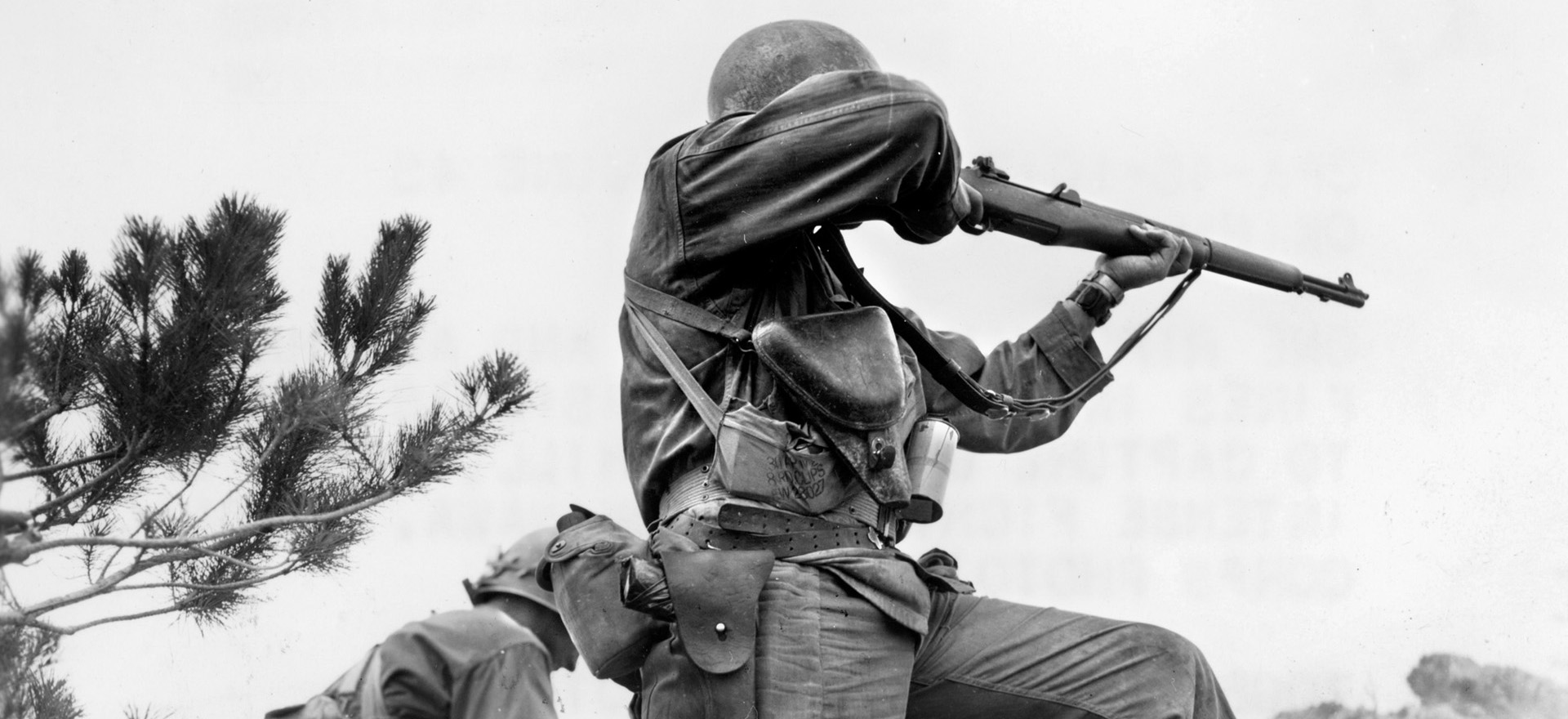
Join The Conversation
Comments
View All Comments